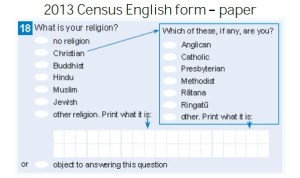Steve Taylor,
Principal, Knox Centre for Ministry and Leadership;
Senior Lecturer, Flinders University
Lynne Taylor,
Jack Somerville Lecturer in Pastoral Theology, University of Otago.
(Some comments on our Presentation at APTO, 4 December 2020)
Christians act. Christians act in prayer, witness and justice.
Practical theology understands such actions as embodying lived theologies: theology lies behind and within them.
For John Swinton and Harriet Mowat (Practical Theology and Qualitative Research (London: SCM, 2006), 5):
Practical Theology is critical, theological reflection on the practices of the Church as they interact with the practices of the world, with a view to ensuring and enabling faithful participation in God’s redemptive practices in, to and for the world.
Working with this definition, we examined how churches prayed in gathered worship on the Sunday after the 2019 Christchurch mosque shootings. What were the practices of the church at that time? How did they faithfully participate in God’s redemptive practices?
Some 153 churches responded to our paper. In this paper we analyse this data with a focus on healing.
A feature of the way churches prayed was their use of the Psalms, particularly psalms of lament. There was also evidence of other responses that were psalm-like, even if they did not draw overtly on the Psalms.
Following Ellen Davis (Getting Involved with God: Rediscovering the Old Testament (Lanham, MD: Rowmand and Littlefield, 2001), we argue that this use of the Psalms and psalm like actions was a move towards healing. It was a first step which was a truth telling through an uncovering of the wounds.
Churches named (uncovered) multiple wounds.
One was the wounds experienced by primary victims and their families. Another was a wound to Aotearoa’s self-perception as a nation. A third wound was that of a culpability, recognising the potential for evil in all of us.
In the data we saw a lived theology that named wounds as a first step in journeys of healing and was part of a multiple commitments to remember, find compassion and express solidarity.




